The Culantro: A Versatile Herb
What Is Culantro? Uses, Origins and Health Benefits
Culantro, scientifically known as Eryngium foetidum is a biennial herb (lasts for two years) grown basically in Tropical America and West Indies. However, it is widely used in the Caribbean, Asian and American dishes. Culantro belongs to family Apiaceae and is well known for its use as a spice and medicinal herb.
Culantro is an herb that has a similar aroma and flavor to cilantro, but they are not the same plant. It has long, serrated leaves and looks a bit like long-leafed lettuce. Culantro has a stronger flavor than cilantro and is therefore used in smaller amounts. Unlike cilantro, it can be added during cooking rather than afterward. You will find culantro specified in recipes for dishes from the Caribbean, Central America, South America, and Asia.
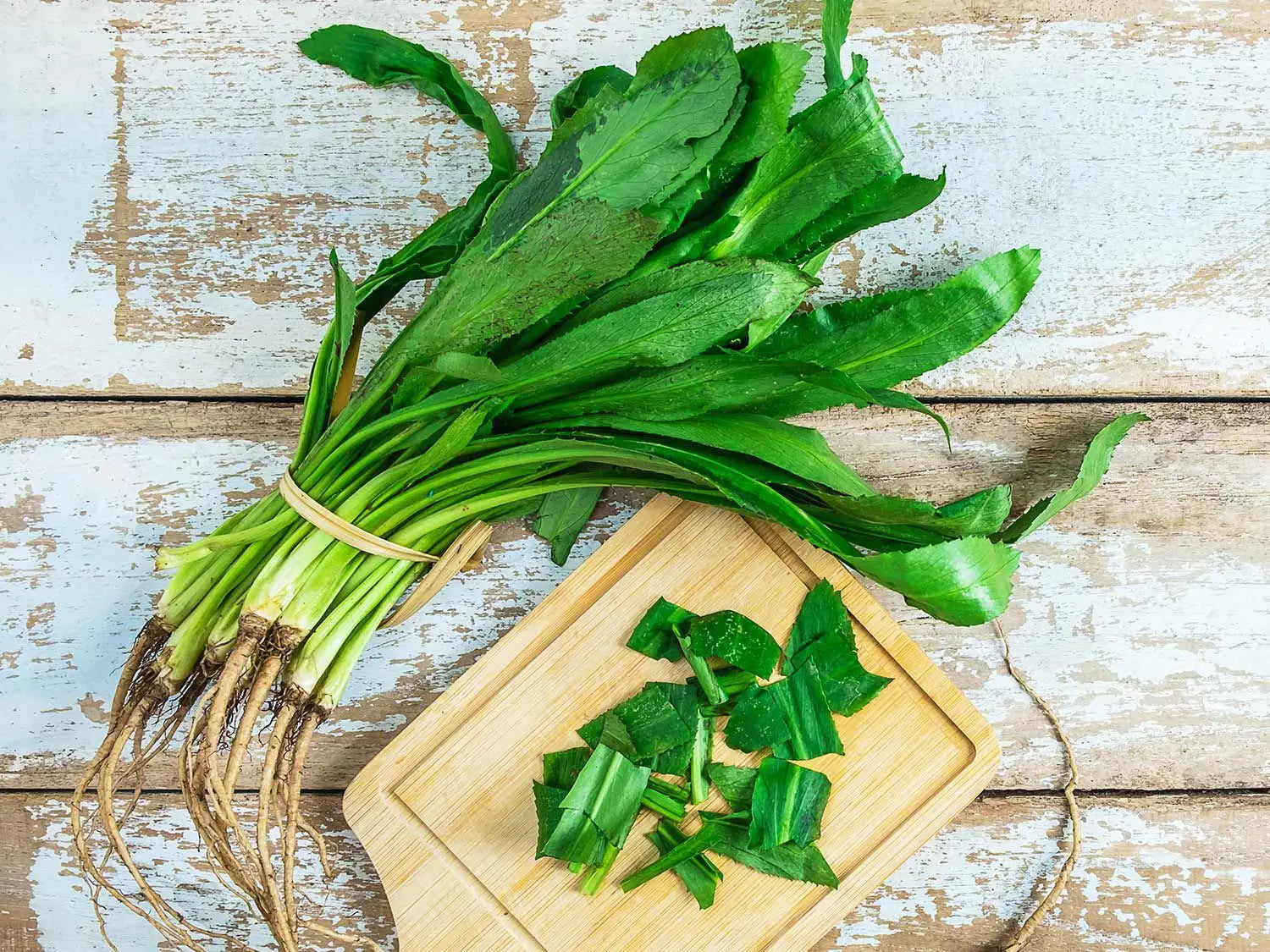
Culantro (Eryngium foetidum) grows similar to lettuce, with leaves around a central rosette. At the peak of its growth, a culantro plant can be 1 foot tall and the leaves as much as 2 inches wide, and it will produce a blue flower if permitted to bolt. Culantro is a member Apiaceae family, which includes carrots, celery, parsley, and parsnip. Culantro is used as both a culinary and medicinal herb. In food, the leaves are often added during cooking because it has a very strong flavor and aroma, which diminishes nicely under heat.
Origins
Culantro is native to the tropical areas of the Americas and the West Indies, unlike cilantro that originated in the Mediterranean and was introduced to the Americas after European colonization. Culantro goes by various names. You might hear it called spiny cilantro, long-leafed coriander, or saw-toothed mint. In Spanish, it is sometimes called cilantro de hoja ancha, meaning "broadleaf cilantro." In Puerto Rico and the Dominican Republic, the name recao is also common, and in some parts of the Caribbean, it is known as chandon beni. Depending on the country you're in, culantro may go by other names as well.
Culantro vs. Cilantro

Culantro is a botanical cousin of cilantro, but they look nothing alike. Cilantro (Coriandrum sativum) is sometimes called Chinese parsley or Mexican parsley, and its seeds (coriander) are sometimes called Mexican coriander. While culantro has long leaves that grow in rosettes, cilantro has thin scallop-shaped leaves that grow on the tips of long, very thin stems. Additionally, cilantro is an annual plant, not a biennial like culantro.


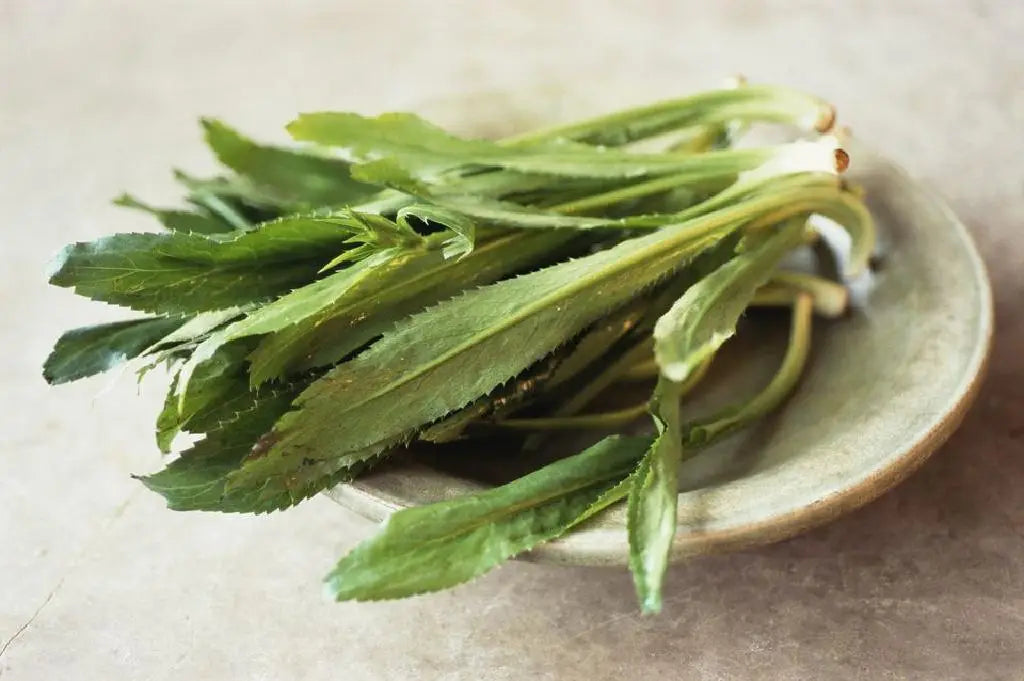

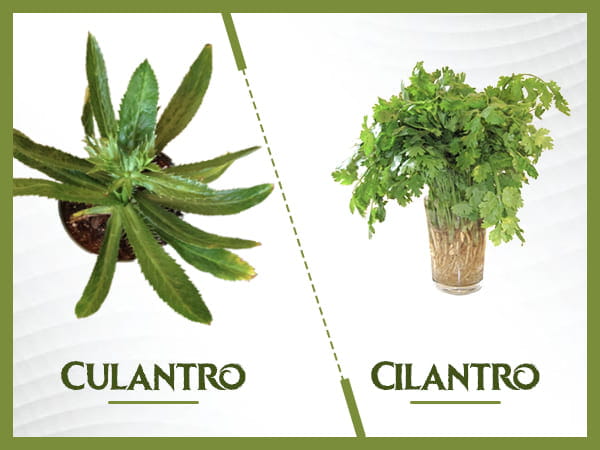
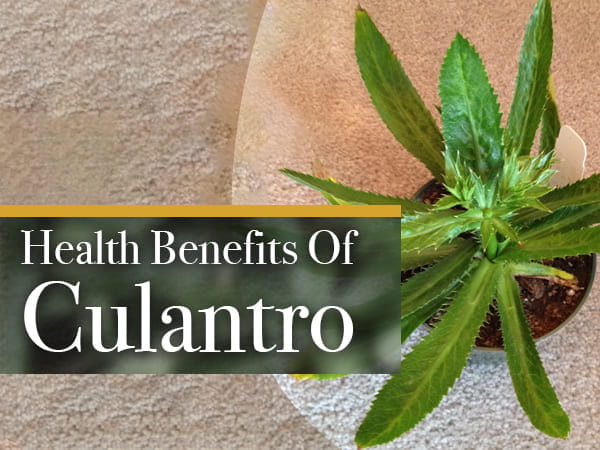






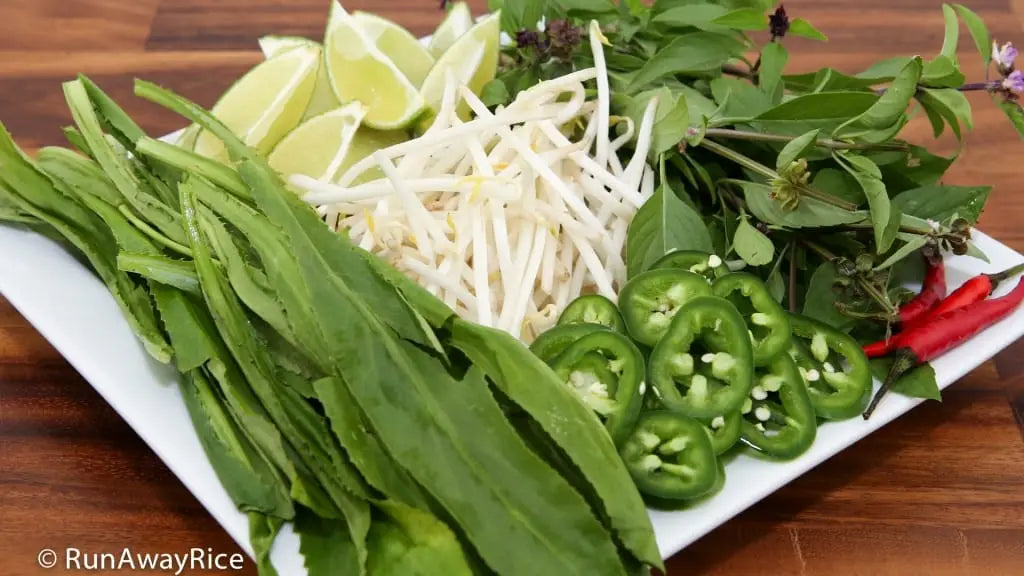
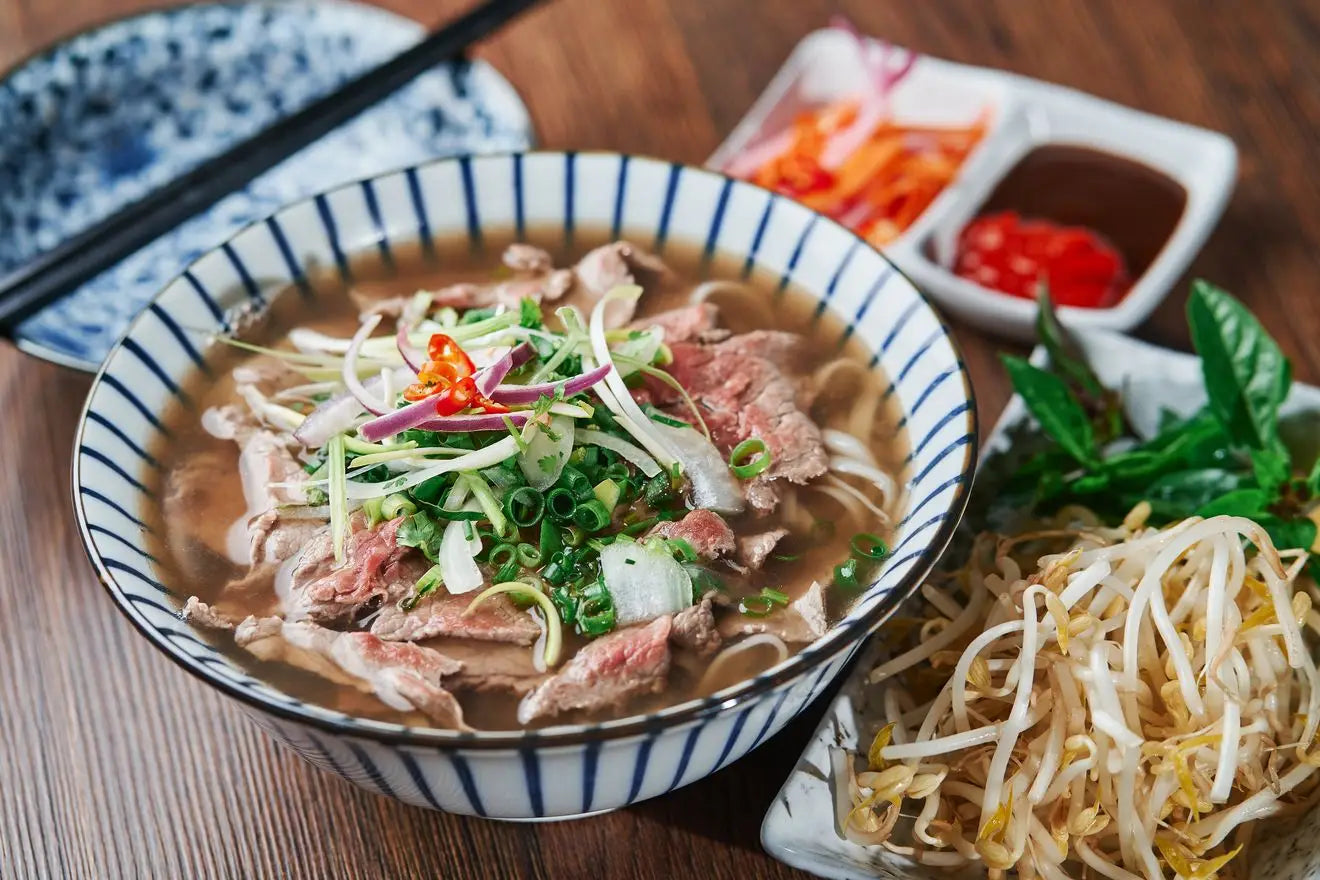
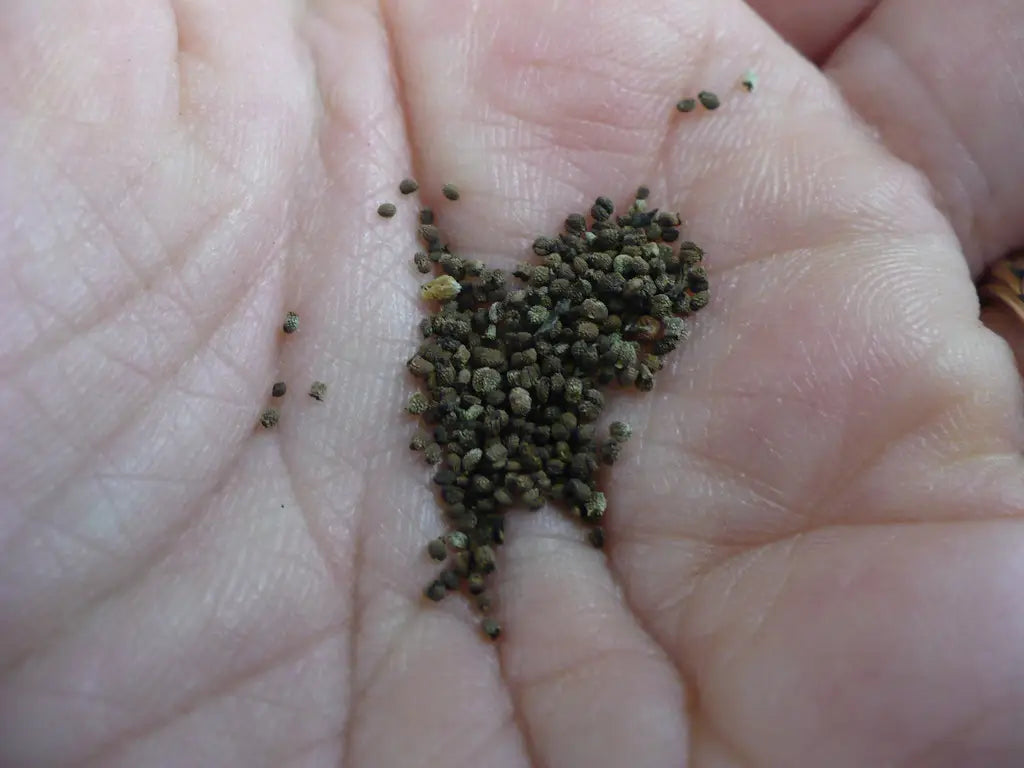



Leave a comment